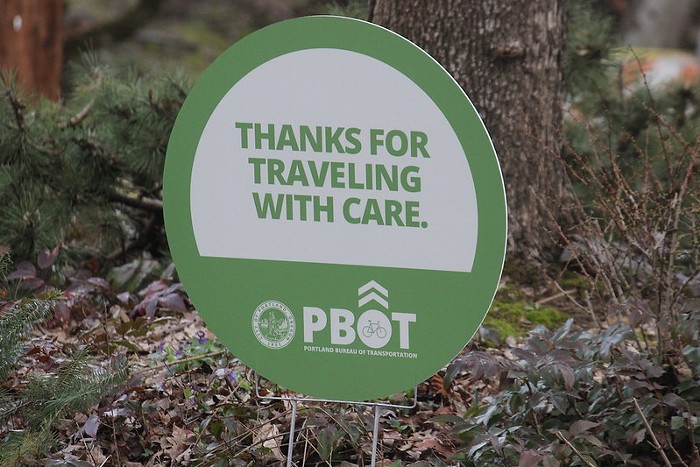In 1977, NASA sent two Voyager probes out into space, and during the next few decades each beamed back vital information about the outer reaches of our solar system. But while they were primarily meant to transmit data back to Earth, the Voyagers had a secondary purpose: sending information about us into the vast unknown. Famously, each probe had a gold-plated record attached to the exterior, containing a primer of our world in the form of pictures and sound, in the unlikely event that extraterrestrial life would intercept one of the Voyagers during its journey. A team of scientists, academics, and thinkers, led by Carl Sagan, determined what the Voyager Golden Records would contain, and Jonathan Scott’s exuberant, conversational book The Vinyl Frontier recounts the entirety of this fascinating project, which was completed from start to finish in little more than six weeks.
Sagan gets the bulk of credit, but making these discs was very much a team effort, and Scott goes a long way to include the other important contributors, including Jon Lomberg, Tim Ferris, Frank Drake, and Ann Druyan, who later married Sagan. As a group, they tackled a truly fascinating question: How do you impart information to a species that has no common language with ours? Sagan and his team decided to make a key to the code by using a diagram of the hydrogen atom—a common element in all parts of the universe—that could then, theoretically, help some (very smart) aliens decrypt everything else on the record.
Scott’s book doesn’t get too bogged down in the science, instead focusing on how the Golden Records’ images and sounds were selected. Indeed, while the records are famous for their sampling of music from across the globe, people often overlook the library of images that were a big part of the project. These images were encoded through sound waves in the records’ grooves that, they hoped, an alien race would be able to convert back into video images, although it would probably take them years of research to do so.
But that’s the pleasurable takeaway from Scott’s book, which provokes serious contemplation about how humans and aliens—provided they make contact—could ever manage to communicate. The Golden Record project really was inspiringly batshit. These time capsules will likely never be found, but they’re still out there, traveling farther and farther away from Earth by the day. In millions of years, they may be the only evidence we existed at all.













